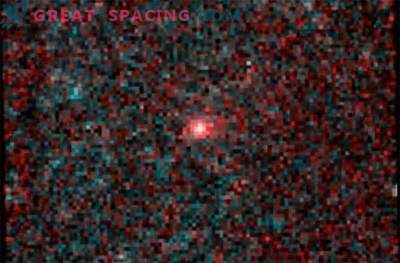
With the help of the Kepler telescope, the researchers managed to find a rare spatial phenomenon: a binary system represented by brown (a failed star) and a white dwarf (remains of a dead one). And the most amazing thing is that the orbital passage lasts 71.2 minutes, that is, their speed is 100 km / s (you could cross the Atlantic in a minute).
Using the 5 terrestrial telescopes, scientists realized that the mass failed was 6.7% of the solar, and the white dwarf - 40%. They also predict that in 250 million years the rest of the dead star will be fed from the neighbor.
The original star was recorded as WD1202-024 and was considered a loner. Her ambivalence was revealed by chance when analyzing 28,000 Kepler targets. If in normal systems a close pass causes a weak damping of the main star, then here it is serious. The created model explained the objects that had to be encountered, but we still need to understand how this alliance will end. To this end, the team has recreated the process of formation and evolutionary path WD1202. It turned out that initially they were moving away from the 150-day orbit, and the main star was the standard solar one. When expanded, it transformed into a red giant and swallowed the dwarf. The remaining core cooled and became a white dwarf. It is believed to have ended 50 million years ago.
What about the future? The distance between them is small and they come closer. Therefore, after 250 million years, the white dwarf will start pulling material out of brown, which will make a cataclysmic variable out of them.























